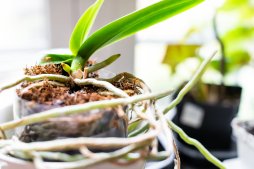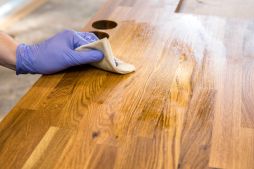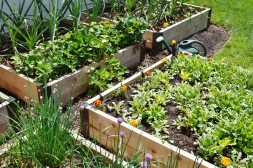How to Identify Native Plants That Thrive in Your Region

Choosing native plants for your garden or landscaping project is not only beneficial for the environment but also ensures that your plants will thrive with less maintenance. Native plants are adapted to your region’s climate, soil, and wildlife, making them a sustainable choice. This article will guide you through identifying native plants that are most likely to flourish in your area.
Understanding What Makes a Plant Native
A native plant is one that occurs naturally in a particular region, ecosystem, or habitat without human introduction. These plants have evolved over thousands of years to adapt to the specific conditions of their environment such as temperature ranges, rainfall patterns, soil types, and interactions with local wildlife. Knowing this helps you appreciate why these species perform better than non-native alternatives when planted locally.
Researching Your Regional Climate and Soil Conditions
To identify native plants suited for your area, start by gathering information about your local climate— including average temperatures, seasonal variations, precipitation levels—and soil characteristics like pH balance and texture. Local agricultural extension services or university horticulture departments often provide valuable regional planting guides tailored to these factors.
Using Local Plant Databases and Resources
Many regions maintain databases or plant lists highlighting indigenous species that thrive locally. Websites from botanical gardens, conservation organizations, or government agencies can offer comprehensive catalogs sorted by growing conditions and plant type (trees, shrubs, perennials). These resources also often include photos and descriptions to help you recognize potential candidates.
Consulting With Local Experts and Gardening Communities
Engaging with local nurseries specializing in native plants or joining gardening clubs focused on regional flora can provide practical insights based on firsthand experience. Experts can recommend species that not only survive but also support pollinators like bees and butterflies while enhancing biodiversity around your home.
Observing Natural Areas Near You
Lastly, spending time exploring parks, nature reserves, or undeveloped land nearby allows you to observe which plants are thriving naturally without intervention. Taking note of these species gives clues about what will succeed in similar garden settings where environmental conditions match those wild habitats.
Identifying native plants that thrive in your region requires some research but results in a beautiful landscape that’s easier to maintain and more ecologically sound. By understanding what defines nativity in plants and leveraging local resources—from databases to expert advice—you can make informed choices that benefit both your garden and the broader environment.
This text was generated using a large language model, and select text has been reviewed and moderated for purposes such as readability.











